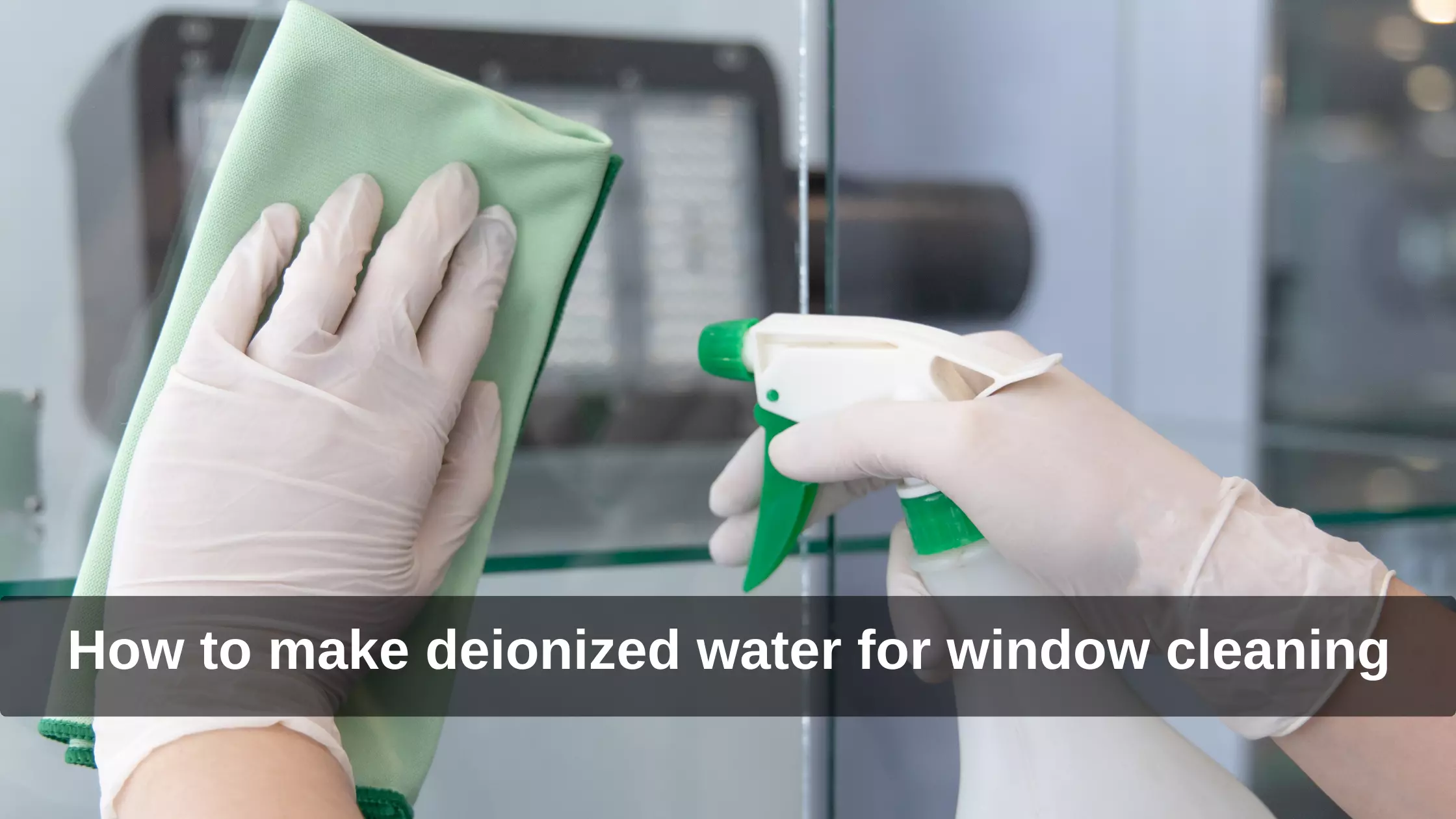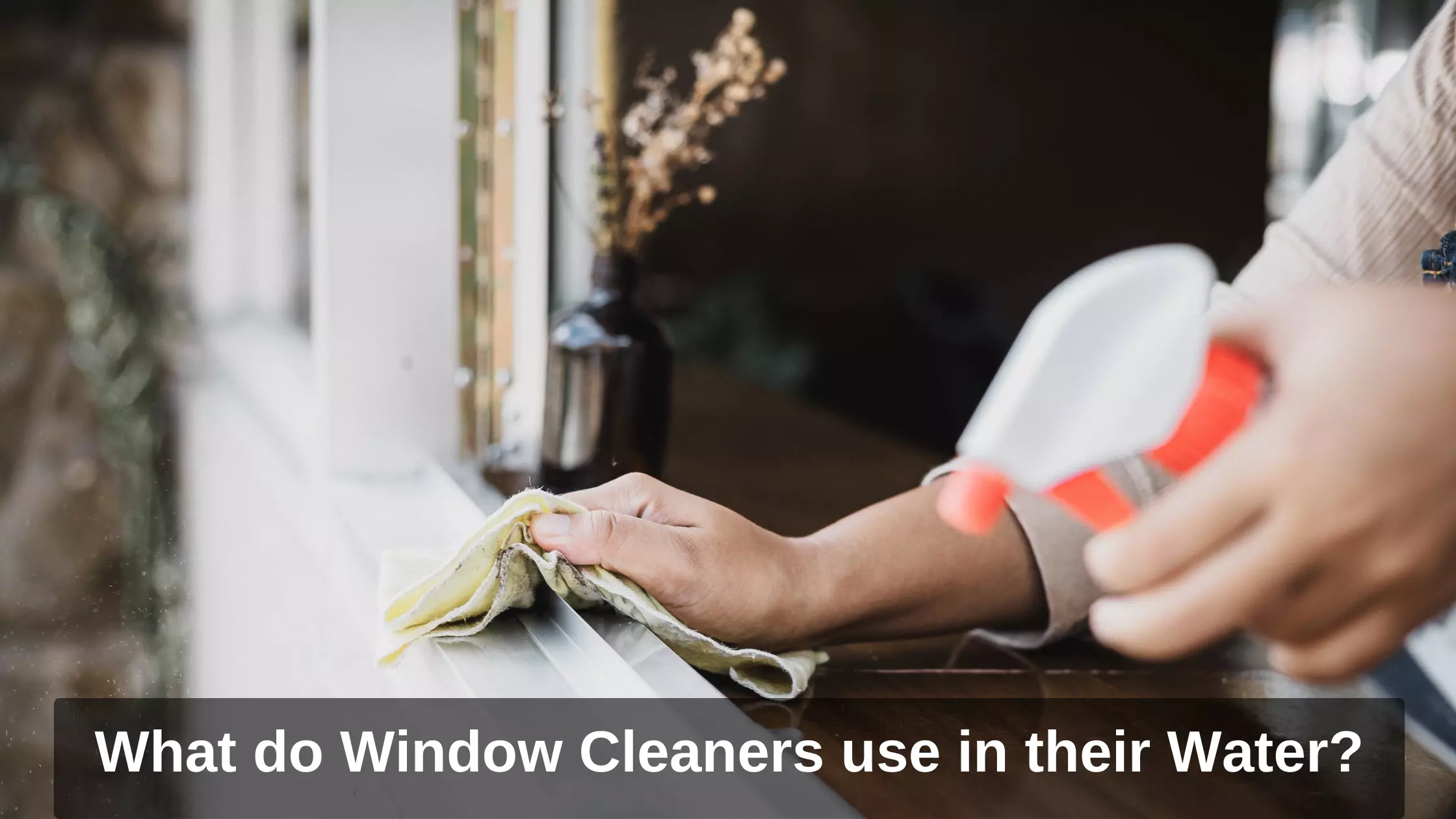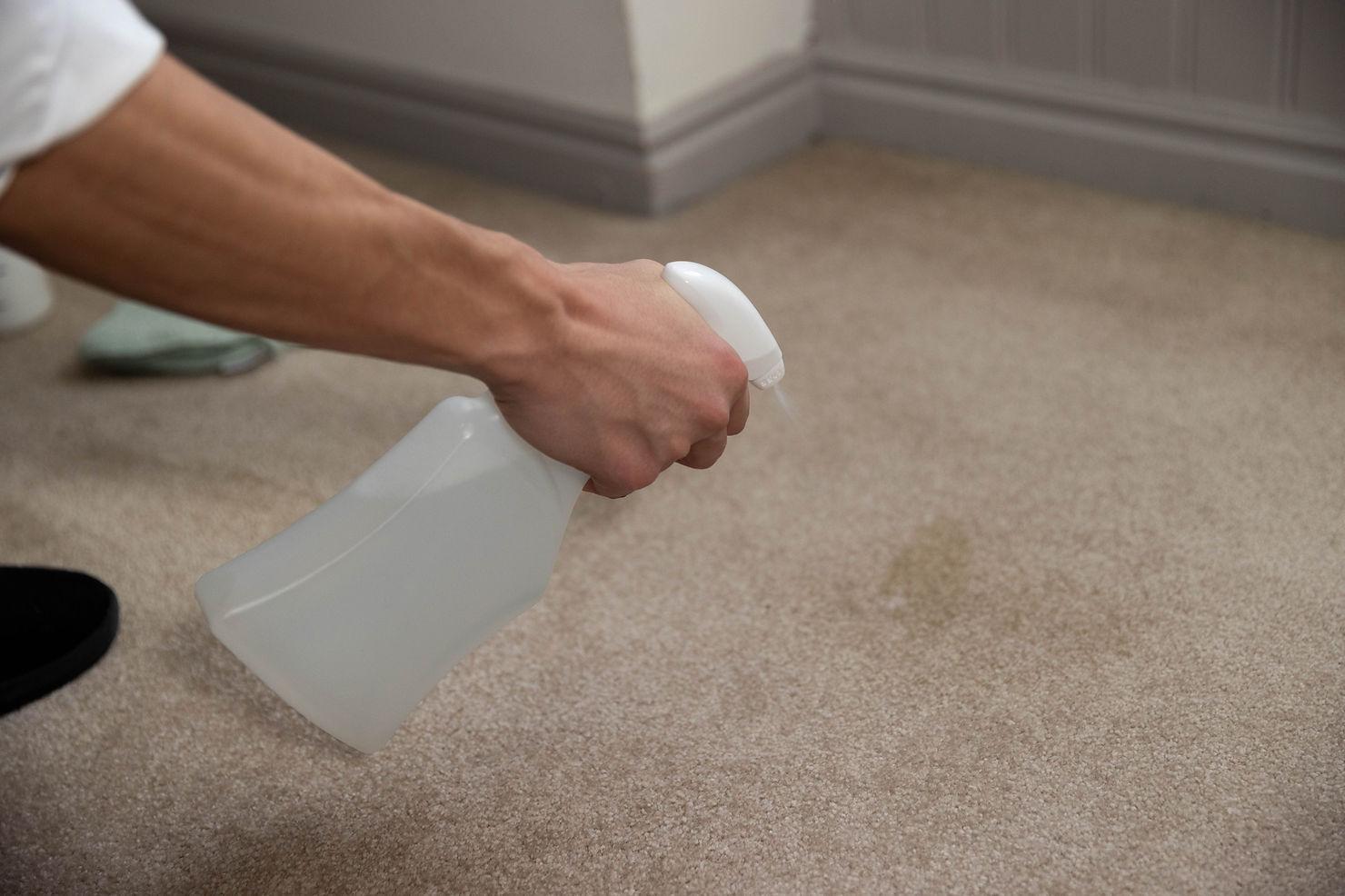9 Household Tasks To Do On Weekends
Household tasks and chores are a major part of ensuring an organized and clean home. Even though most of these chores can be done on the weekdays, deeper cleaning or detailed work can be done on the weekends. These tasks include cleaning, gardening, home repairs, and many more. In this article, we will discuss a few household chores that you can get your hands on during the weekends. These tasks help you to organize your home while reducing boredom on your off days. Dedicating a small amount of time to these chores can make you feel organized and give your home a fresh look. You May Also Like How to Make Deionized Water for Best Magic Window Groove Cleaning Brush The Best Way To Pollen-Proof Your Load More 9 Household Tasks For The Weekends There are several tasks that you can get your hands on during the weekend. Make your home and car shine without spending hundreds of dollars on professionals. Check out the top household tasks here. Cleaning One of the best ways of maintaining your home is to clean it properly. While regular dusting and mopping are often a part of our daily routine, deep cleaning takes time. Start by dusting cupboards, shelves, and so on to get rid of dust. You can either use a microfiber cloth for efficient cleaning or rely on a duster. Take the vacuum cleaner out and vacuum the rugs, carpets, etc., to collect dust, food particles, debris, and many more. Lastly, mop the hard floors properly with the help of a wet mop or microfiber cloth. Make sure to use a cleaning solution for a clean and beautiful home. Organizing Maintaining a home is not an easy job in any manner. There are several things that need organizing, and finding time to do so during the week is quite difficult. However, organizing your home on the weekends is a great way to keep your home mess-free. Check out the pantry, fridge, cabinets, and so on. Throw away the things that have passed their expiry date, or declutter the cabinets to get rid of things you do not need. Organize shelves, cupboards, bookshelves, and so on to make your house look clean and smart. Laundry Whether you are washing clothes by hand or in the washing machine, it takes a significant amount of time. You have to organize the clothes, wash, dry them, and lastly, fold them. Take time out of the weekend to wash your dirty clothes, bed covers, and so on. Fold the clothes once dried and place them in the drawers or cupboards. Home Repairs Even though it is not your typical household task, it is quite important. Look around the house and check whether anything requires repair or replacement. There are lots of things around a house that require attention and can be fixed contacting a professional service. You can hang pictures, fix a leaking faucet, unclog a drain, clean HVAC air filters, and so on. Paying attention and completing these small tasks over the weekend will help to prevent expensive repairs and replacements in the future. Gardening Many homeowners have the hobby of gardening but do not find enough time to pay attention to it. Weekends are the perfect time to enjoy the benefits of Vitamin D and tend to your lovely backyard garden. You can also mow the lawn and trim the bushes, plants, hedges, etc., giving your home a clean look. You can also plant new trees in the garden or tend to the existing ones. Add fertilizers, water plants, and many more. Weekly Meal Preparation Cooking takes up a decent amount of time, and honestly, not everyone has the time to cook every day. In cases like these, meal preparation comes in handy and helps you feel less stressed and more organized. On weekends, you can prepare the meal for the upcoming week and put them in containers to store in the fridge. This allows you to heat up food easily in the microwave and eat while you maneuver through the week. Additionally, it saves time for cutting, cooking, and many more. Budgeting If you want to keep proper track of your finances, then going over the weekly budget is a great idea. Write down the amount of money you have spent over the week, and calculate bills, dues, and so on. Prepare a budget for the upcoming week to keep you ahead of your finances. Financial calculations and budgeting are quite complex work to do, and you need to keep a cool head for this. Weekends are typically the perfect time to care of budgeting issues and troubles. Weekly budgeting also helps you to make sure that you do not overspend. Grocery Shopping Our pantries and cabinets usually need a restock after you organize them. Prepare a detailed grocery list and use your weekend free time in grocery shopping. Purchase the necessary household stuff, restock snacks, food supplies, and so on. Do not forget to purchase cleaning supplies and other necessary items. Car Maintenance Last but not least, focus your attention on car maintenance. This includes oil changes, car washing, cleaning, and many more. Wash your car during the weekends with soap and water properly to avoid the cost of a professional car wash. You can also detail the car, such as vacuuming the seats, cleaning the car windows, brushing the carpets, etc. Restoring tire pressure and changing the oil or filters can be done easily during this time. Bottom Line Maintaining a home or vehicle while balancing a busy life is not easy. While we mostly focus on enjoying the weekends, focusing on the tasks mentioned above can help you save money and maintain your home. Getting these tasks done during the weekdays can be quite challenging. During the weekend, you will get proper time to take care of important matters around the house.



